1. Ergonomic Design Principles for Restaurant Kitchens
When it comes to designing a restaurant kitchen, one of the most important factors to consider is ergonomics. This refers to the efficiency and comfort of the workspace, taking into account the movements and tasks of the kitchen staff. A well-designed ergonomic kitchen not only improves productivity but also reduces the risk of injuries and strain on the staff.
Proper ergonomic design principles can involve implementing adjustable workstations and counters, maximizing counter height for easy reach, and strategically placing frequently used equipment. It is also important to consider the flow of the kitchen, ensuring that there is enough space for staff to move around and that the layout minimizes the need to cross paths.
2. The Importance of Proper Ventilation in Restaurant Kitchen Design
Ventilation is crucial in any kitchen, but it is particularly important in a restaurant kitchen where there is a high volume of cooking and food preparation. Proper ventilation helps to remove heat, odors, and smoke, creating a more comfortable and safer working environment for the kitchen staff.
When designing a restaurant kitchen, it is important to strategically place ventilation systems to ensure that all areas of the kitchen are adequately ventilated. This may involve installing exhaust hoods over cooking stations and ventilation fans near ovens and stoves. It is also important to regularly maintain and clean these systems to ensure their effectiveness.
3. Maximizing Space Efficiency in Restaurant Kitchen Design
In a busy restaurant kitchen, every square inch of space is valuable. Maximizing space efficiency is crucial for creating a functional and organized kitchen. This involves careful planning and consideration of the layout and equipment used in the kitchen.
One way to maximize space efficiency is to use multi-functional equipment that can perform multiple tasks, such as a combination oven or a refrigerated prep table. Optimizing vertical space by using shelves and racks can also help to free up valuable counter space. Additionally, creating designated storage areas for specific items can help to keep the kitchen organized and efficient.
4. The Role of Safety and Sanitation in Restaurant Kitchen Design
Safety and sanitation are top priorities in any restaurant kitchen. A well-designed kitchen should incorporate features that promote a clean and safe working environment for staff while also adhering to health and safety regulations.
Safety features to consider include slip-resistant flooring and adequate lighting to prevent accidents. Sanitation features may include separate handwashing stations for staff and easy-to-clean surfaces such as stainless steel countertops. Designing a layout that allows for easy access to cleaning supplies and designated areas for waste disposal can also help to maintain a clean and safe kitchen.
5. Incorporating Technology in Modern Restaurant Kitchen Design
The use of technology in restaurant kitchens has become increasingly popular, and for good reason. Incorporating technology into kitchen design can improve efficiency, accuracy, and productivity. It can also help to streamline processes and reduce labor costs.
Some ways to incorporate technology into restaurant kitchen design include investing in kitchen management software that can track inventory and food costs, using digital temperature monitoring systems to ensure food safety, and implementing self-ordering systems for customer convenience. It is important to consider the specific needs of the restaurant and its staff when selecting the right technology to incorporate.
6. Designing a Functional and Efficient Kitchen Layout for Restaurants
The layout of a restaurant kitchen is crucial to its overall functionality and efficiency. A well-designed layout should take into account the space available, the flow of kitchen operations, and the types of dishes being served.
Separating hot and cold food preparation areas can help to prevent cross-contamination and improve efficiency. Placing the dishwashing station near the exit can also help to prevent congestion in the kitchen. It is also important to consider the location of the serving area and how it will impact the flow of the kitchen.
7. The Impact of Lighting on Restaurant Kitchen Design
Lighting is an important consideration in any kitchen, but it is particularly crucial in a restaurant kitchen where staff are working long hours in a fast-paced environment. Proper lighting not only helps to improve visibility and safety but can also enhance the overall design of the kitchen.
When designing a restaurant kitchen, it is important to incorporate both natural and artificial lighting. Natural light can help to create a more inviting and open atmosphere, while task lighting can provide focused light on work areas. Proper lighting can also help to improve the appearance of food, making it more visually appealing to customers.
8. Choosing the Right Equipment for Your Restaurant Kitchen
The equipment used in a restaurant kitchen can greatly impact its efficiency and productivity. It is important to carefully select equipment that is not only suitable for the type of food being served but also fits within the space and budget constraints of the restaurant.
When choosing equipment, consider energy efficiency to reduce costs, ease of maintenance to ensure longevity, and compatibility with other equipment to ensure a smooth workflow. It is also important to consider the brand reputation and read reviews from other restaurant owners before making a purchase.
9. Creating a Sustainable and Eco-Friendly Restaurant Kitchen Design
In today's world, it is important for businesses to consider their environmental impact, and restaurants are no exception. Designing a sustainable and eco-friendly kitchen not only benefits the environment but can also save on costs in the long run.
Consider using energy-efficient equipment and water-saving fixtures to reduce utility costs. Using recycled or locally-sourced materials for construction and implementing a composting system for food waste can also help to reduce the environmental impact of the restaurant. Additionally, using reusable or biodegradable materials for takeout containers and utensils can also contribute to a more eco-friendly kitchen.
10. The Importance of Flexibility in Restaurant Kitchen Design
Lastly, it is important to consider the future needs and growth of the restaurant when designing the kitchen. Flexibility in design is crucial to accommodate changes in menu offerings, trends, and customer demands.
Using modular equipment and furniture can allow for easy reconfiguration and expansion if needed. Leave room for additional equipment that may be needed in the future, and consider the potential for increased seating capacity and the impact it may have on the kitchen. Being prepared for change and growth can help to future-proof the restaurant kitchen design.
Maximizing Space

The Importance of Efficient Layouts
 One of the most crucial principles of restaurant kitchen design is maximizing the use of space. With limited space, it is essential to create an efficient layout that allows for smooth workflow and easy movement for kitchen staff. This not only improves productivity but also ensures food safety and quality. A well-designed kitchen should have a logical flow from receiving and storage to food preparation, cooking, and plating.
Using ergonomic design and carefully placing equipment and workstations can greatly enhance the efficiency of the kitchen.
One of the most crucial principles of restaurant kitchen design is maximizing the use of space. With limited space, it is essential to create an efficient layout that allows for smooth workflow and easy movement for kitchen staff. This not only improves productivity but also ensures food safety and quality. A well-designed kitchen should have a logical flow from receiving and storage to food preparation, cooking, and plating.
Using ergonomic design and carefully placing equipment and workstations can greatly enhance the efficiency of the kitchen.
Utilizing Vertical Space
 In addition to horizontal space,
utilizing vertical space is also important in restaurant kitchen design.
This means making use of walls, shelves, and racks to store items and equipment, instead of cluttering up the floor space. This not only allows for more space to move around but also makes it easier to keep the kitchen clean and organized.
Wall-mounted shelves and hanging racks are great options for storing frequently used items, while also keeping them easily accessible.
In addition to horizontal space,
utilizing vertical space is also important in restaurant kitchen design.
This means making use of walls, shelves, and racks to store items and equipment, instead of cluttering up the floor space. This not only allows for more space to move around but also makes it easier to keep the kitchen clean and organized.
Wall-mounted shelves and hanging racks are great options for storing frequently used items, while also keeping them easily accessible.
The Role of Multi-functional Equipment
 Multi-functional equipment
is a game-changer when it comes to maximizing space in a restaurant kitchen. Combining multiple functions in one piece of equipment not only saves space but also reduces the need for multiple machines and reduces costs. For example, a combination oven can be used for baking, roasting, and grilling, while a tilt skillet can be used for cooking, braising, and steaming.
Investing in multi-functional equipment can greatly improve the efficiency and productivity of a restaurant kitchen.
Multi-functional equipment
is a game-changer when it comes to maximizing space in a restaurant kitchen. Combining multiple functions in one piece of equipment not only saves space but also reduces the need for multiple machines and reduces costs. For example, a combination oven can be used for baking, roasting, and grilling, while a tilt skillet can be used for cooking, braising, and steaming.
Investing in multi-functional equipment can greatly improve the efficiency and productivity of a restaurant kitchen.
Proper Storage Solutions
 Proper storage solutions
are essential for maintaining an organized and efficient kitchen. This includes having designated storage areas for different types of ingredients and equipment, as well as implementing a system for labeling and organizing items.
Utilizing clear storage containers and using labels for easy identification can greatly improve the efficiency of a kitchen.
In addition, having a proper inventory management system in place can help reduce waste and keep track of stock levels.
In summary, efficient space utilization is a crucial principle in restaurant kitchen design. By carefully planning the layout, utilizing vertical space, investing in multi-functional equipment, and implementing proper storage solutions,
a restaurant kitchen can be transformed into a highly efficient and productive space.
This not only leads to better food quality and safety but also contributes to the overall success of a restaurant.
Proper storage solutions
are essential for maintaining an organized and efficient kitchen. This includes having designated storage areas for different types of ingredients and equipment, as well as implementing a system for labeling and organizing items.
Utilizing clear storage containers and using labels for easy identification can greatly improve the efficiency of a kitchen.
In addition, having a proper inventory management system in place can help reduce waste and keep track of stock levels.
In summary, efficient space utilization is a crucial principle in restaurant kitchen design. By carefully planning the layout, utilizing vertical space, investing in multi-functional equipment, and implementing proper storage solutions,
a restaurant kitchen can be transformed into a highly efficient and productive space.
This not only leads to better food quality and safety but also contributes to the overall success of a restaurant.




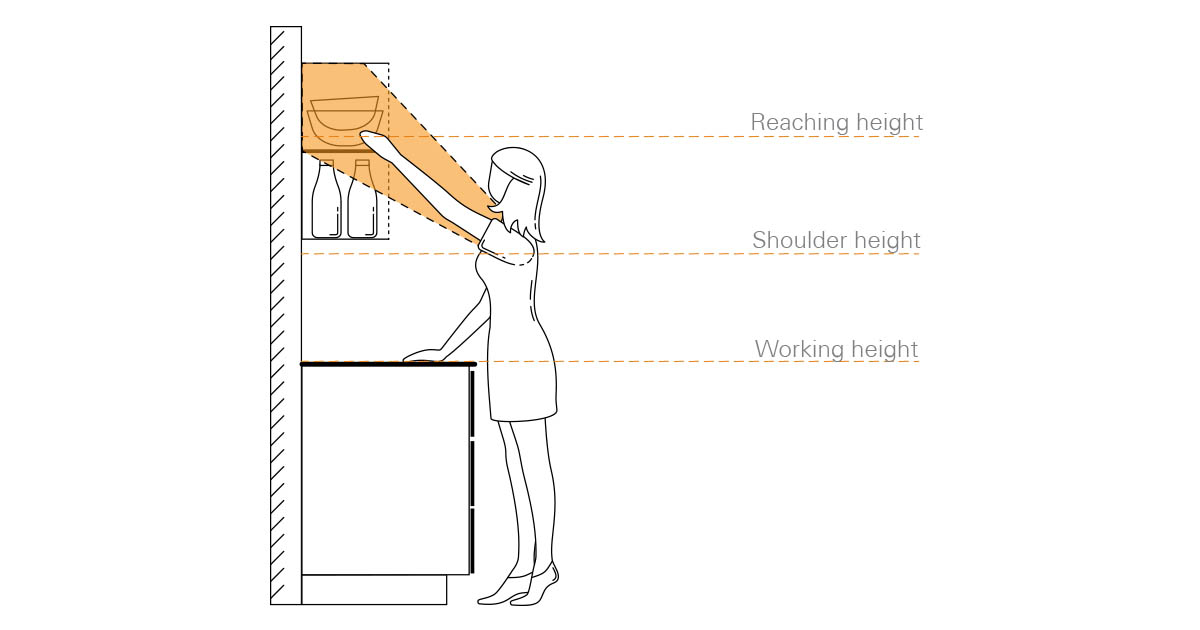
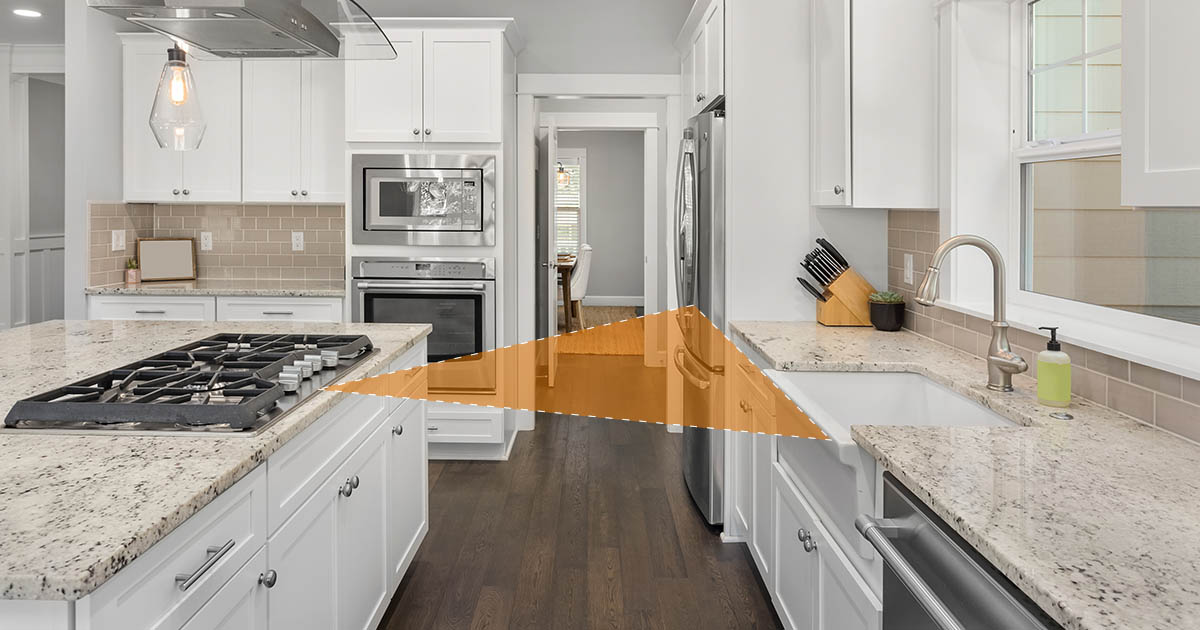




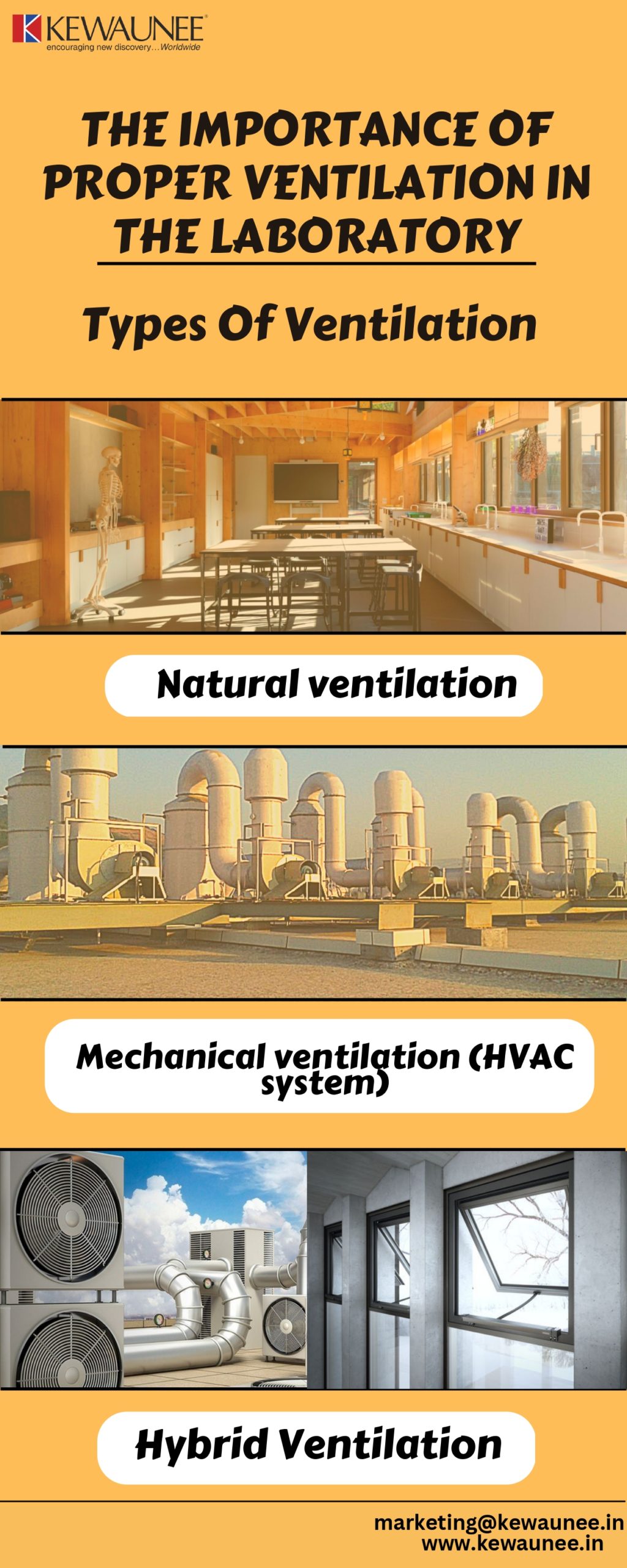


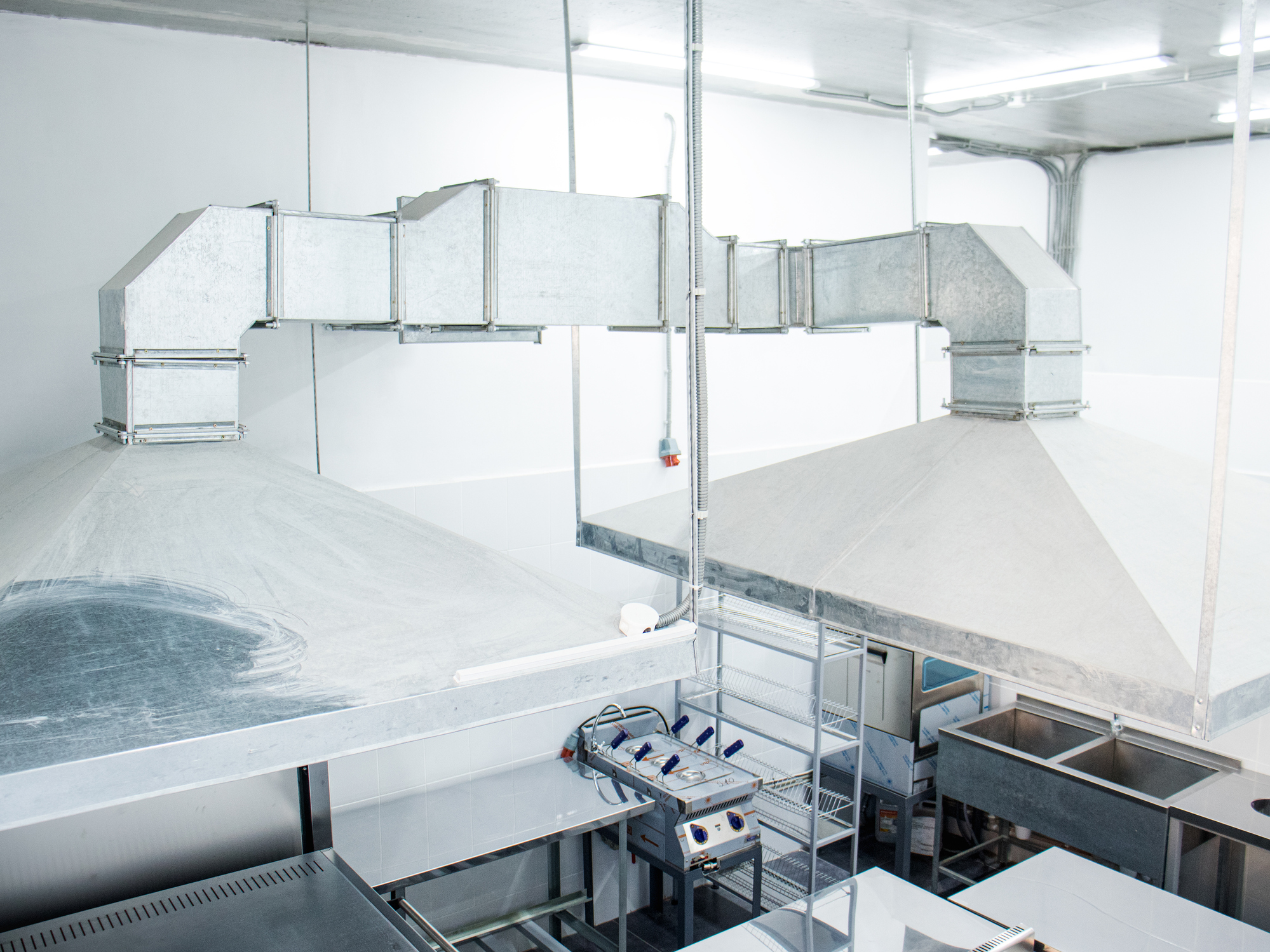






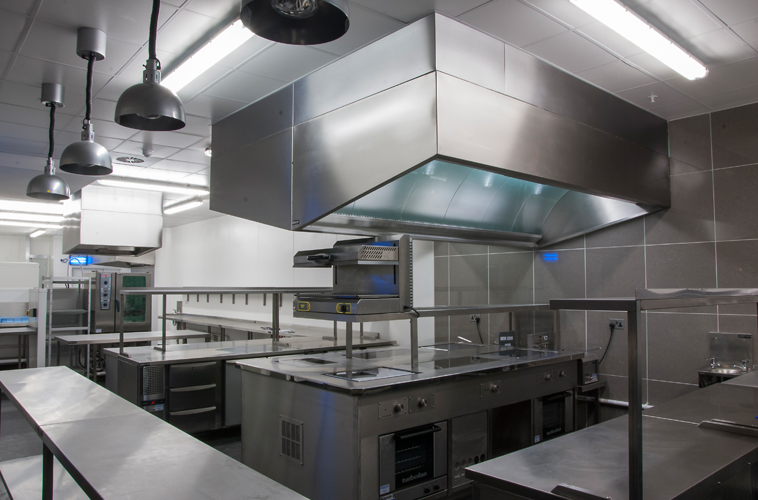







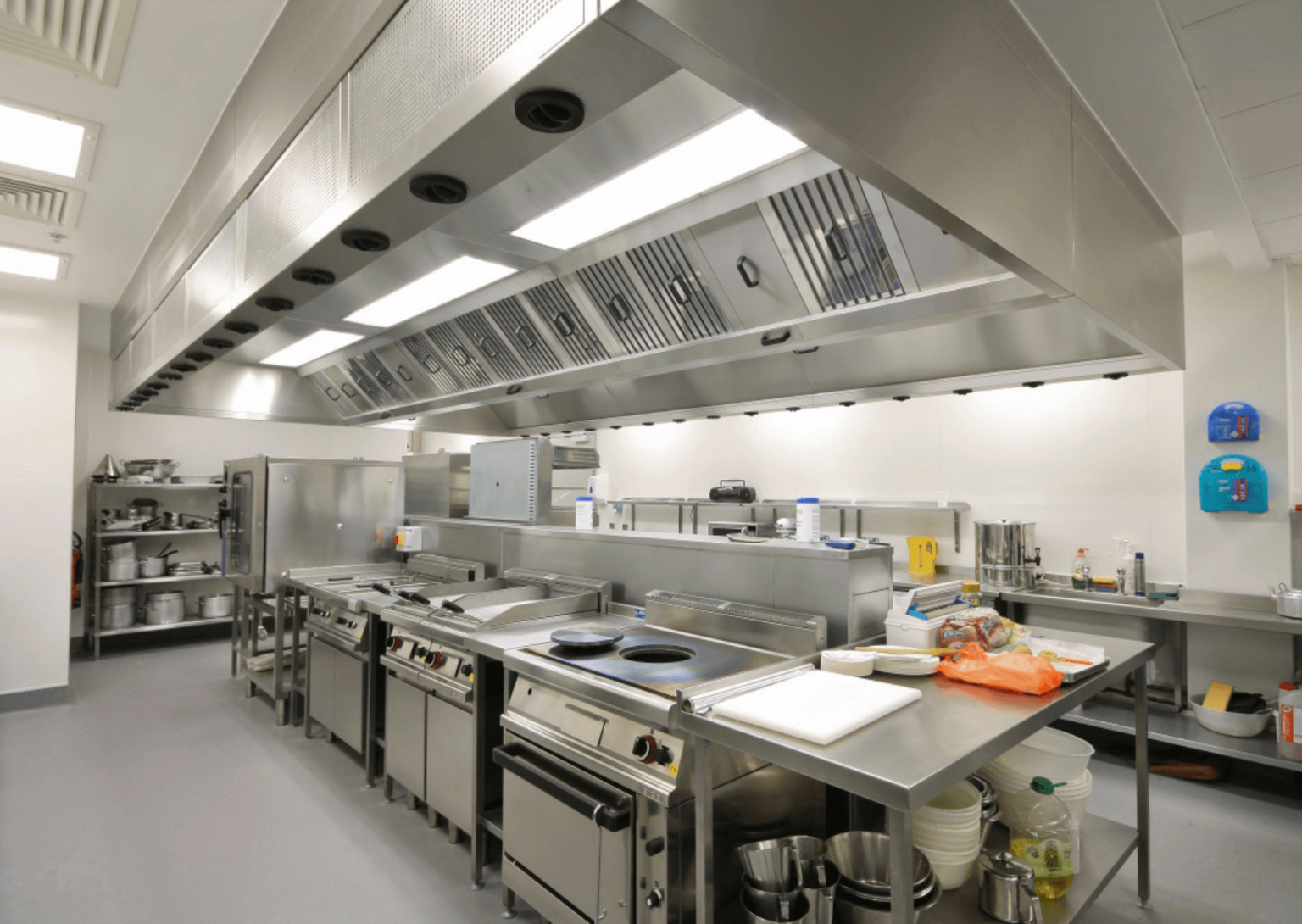


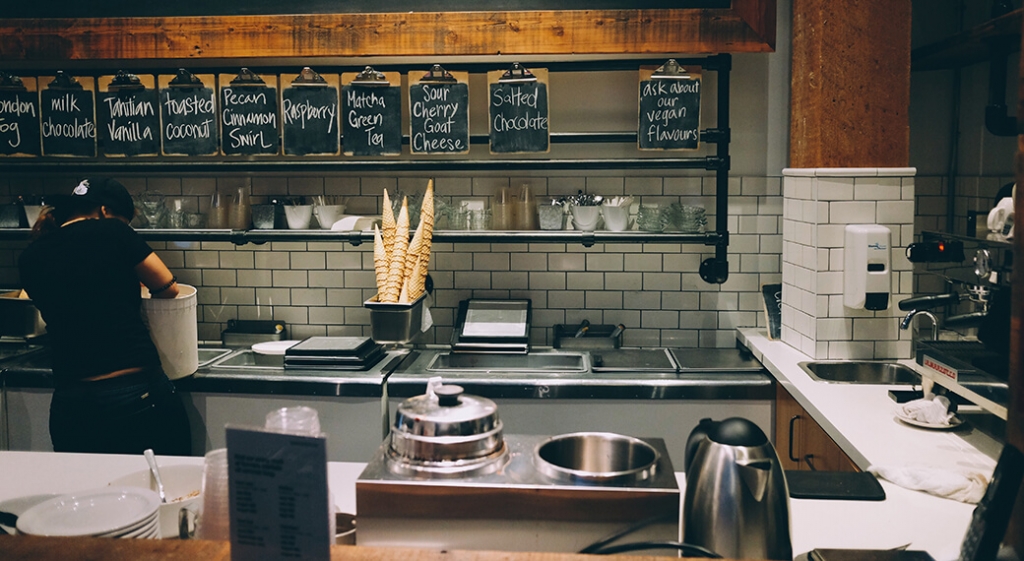








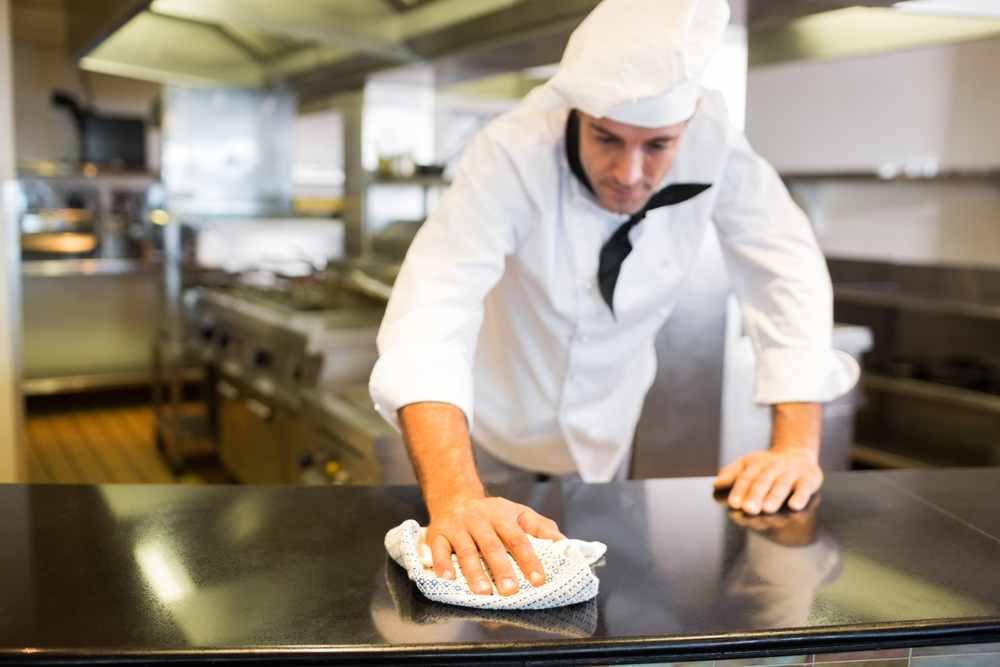




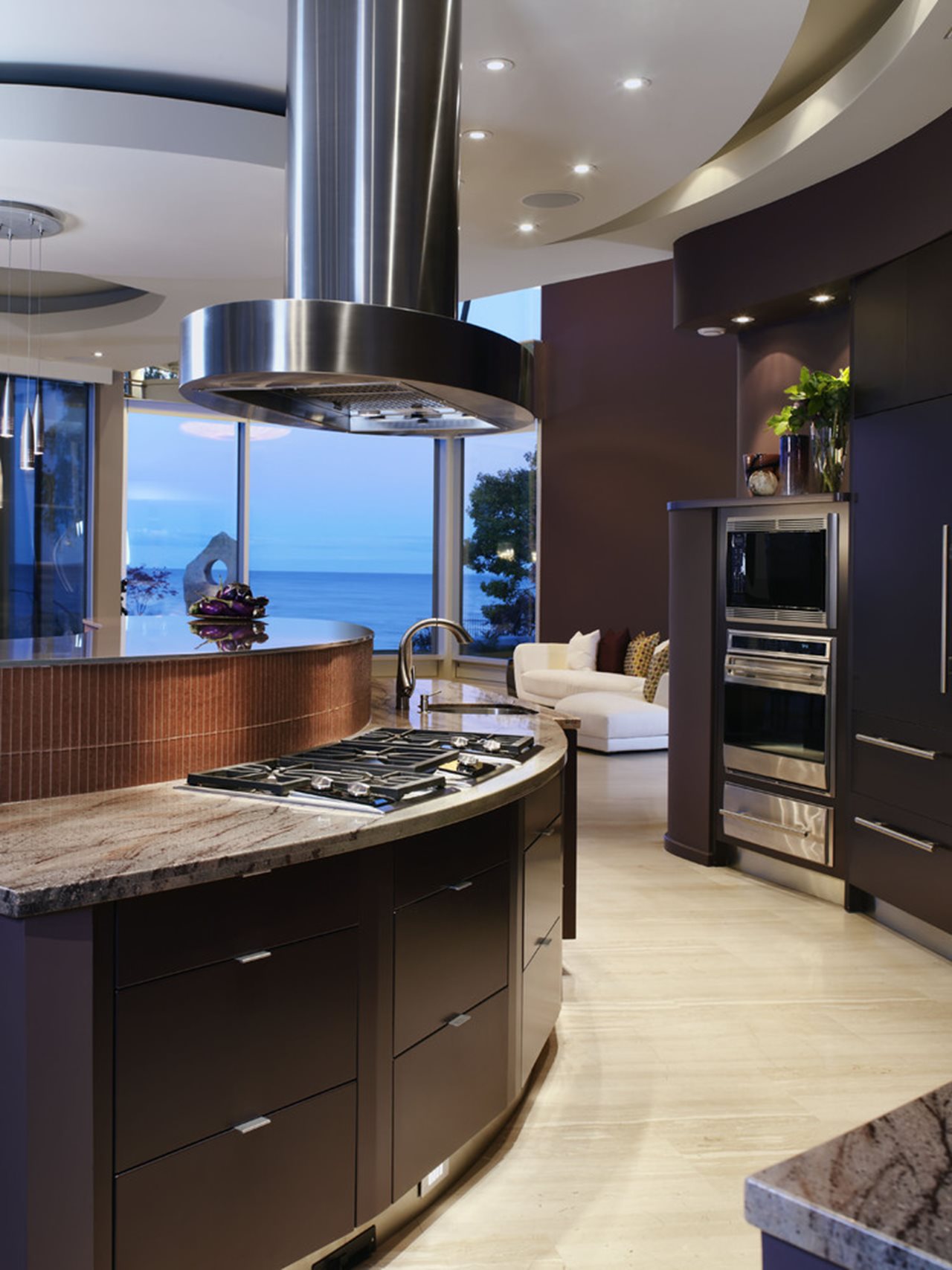

















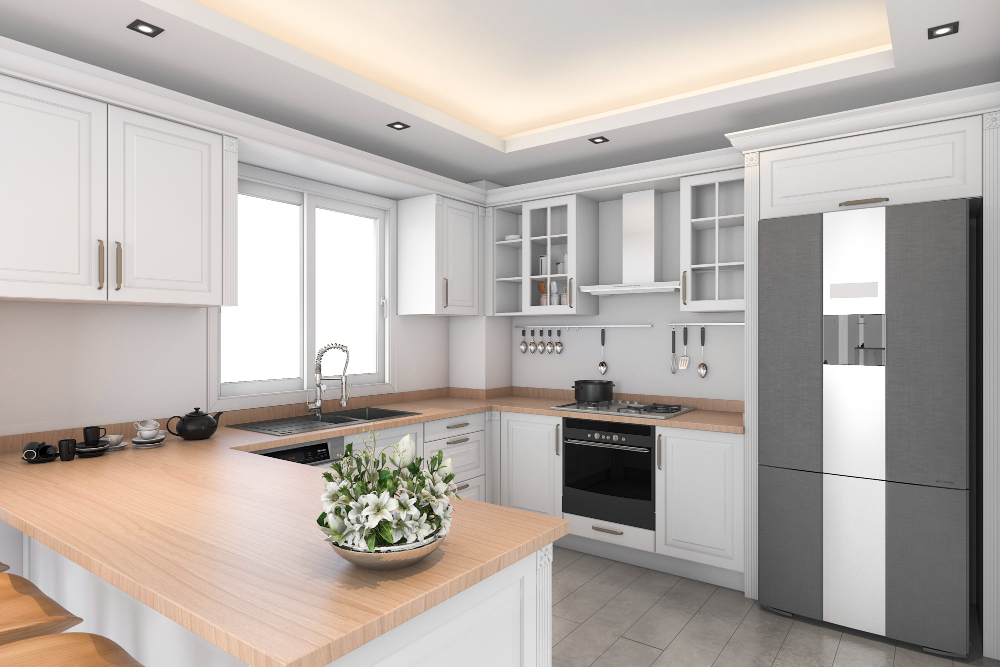


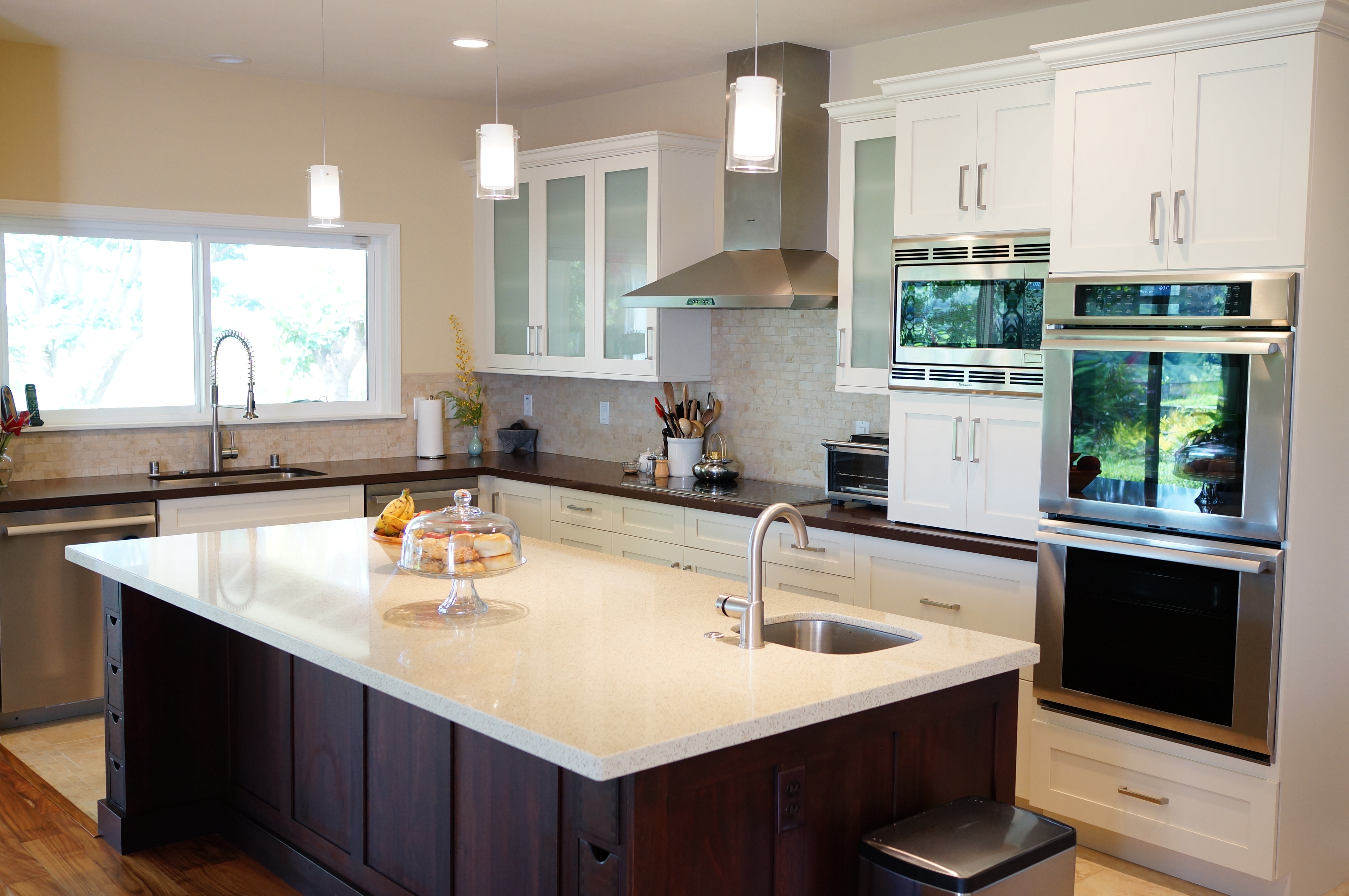










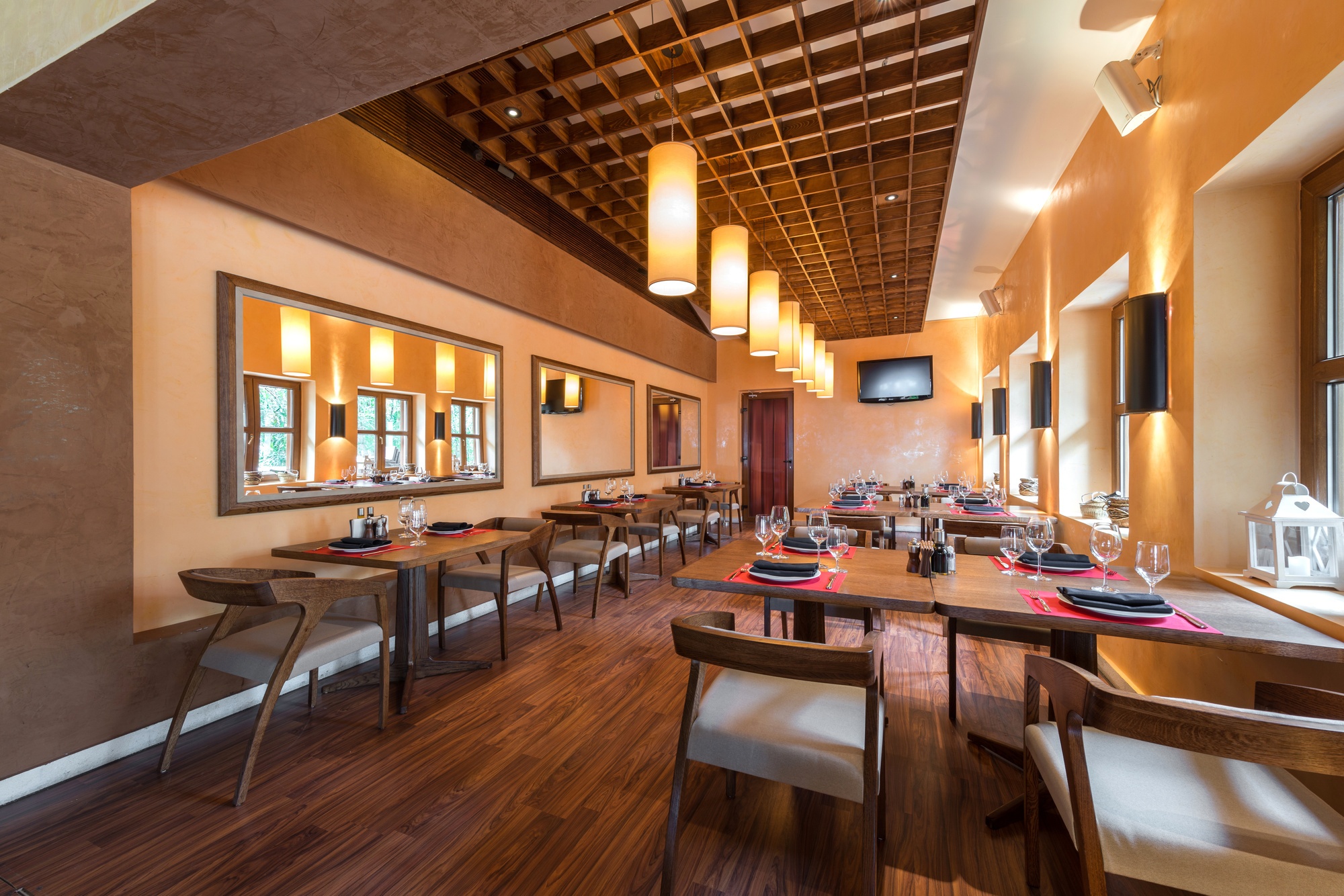





:max_bytes(150000):strip_icc()/commercial-kitchen-equipment-checklist-2888867-v7-5ba4fe764cedfd0050db4afa.png)


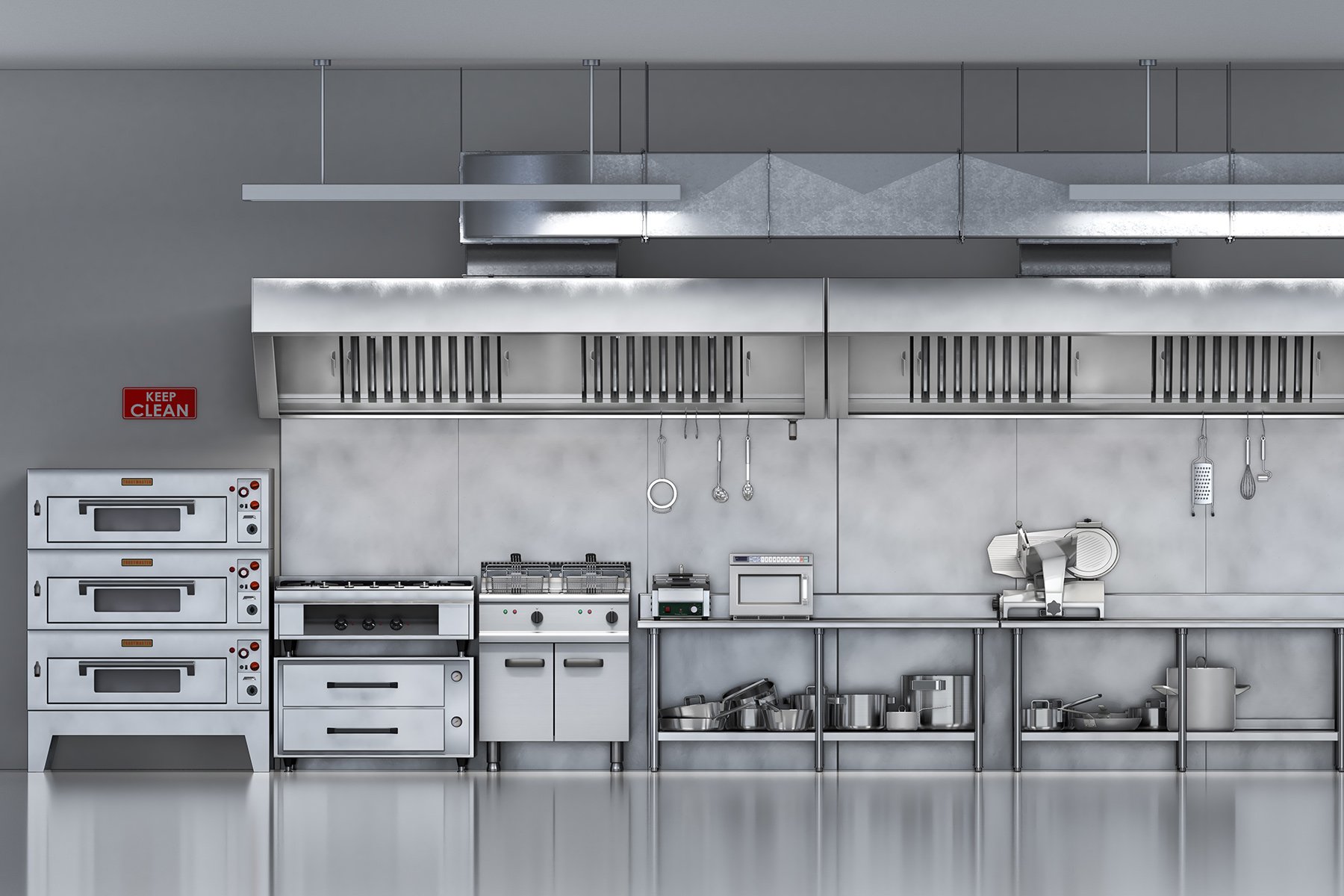

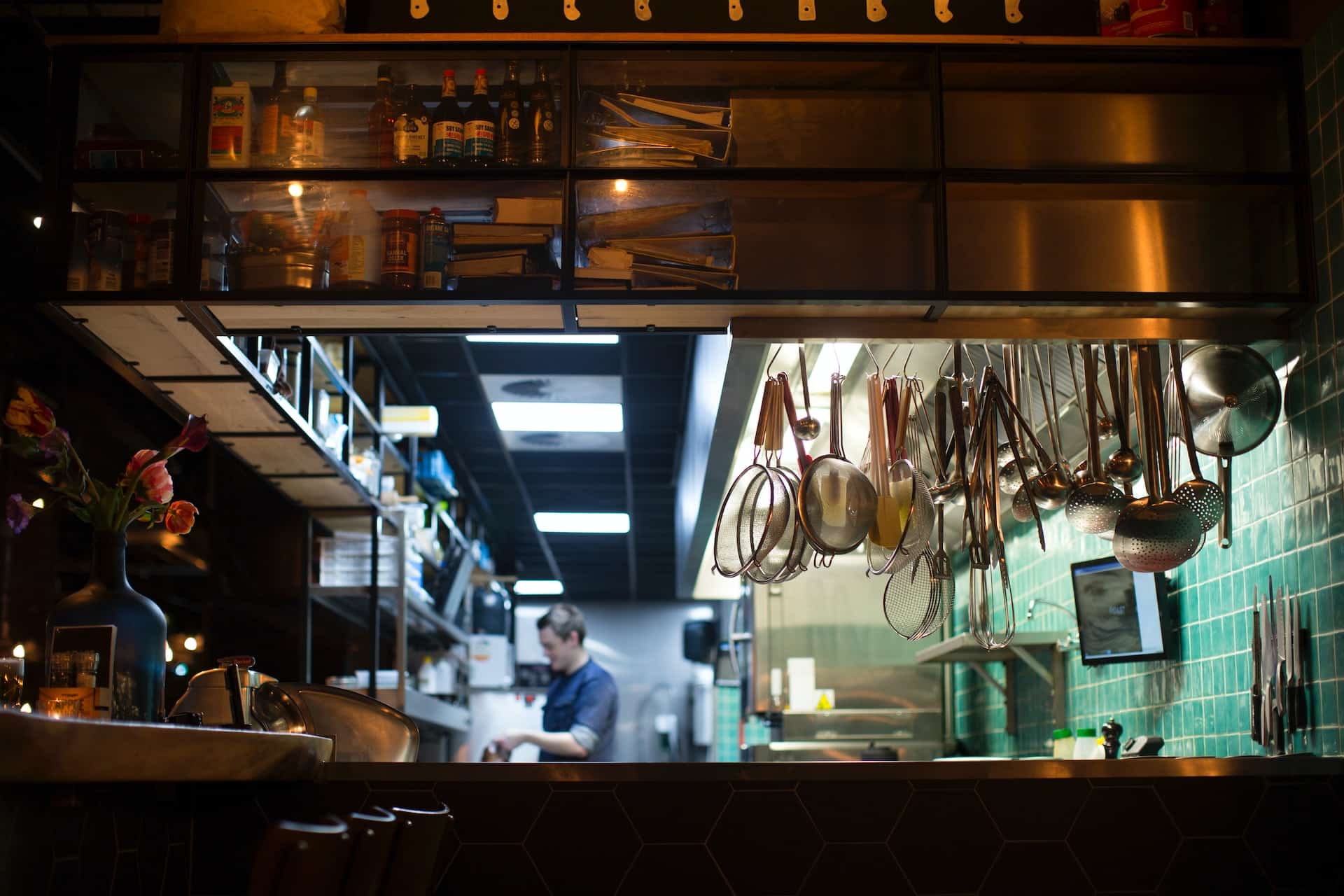


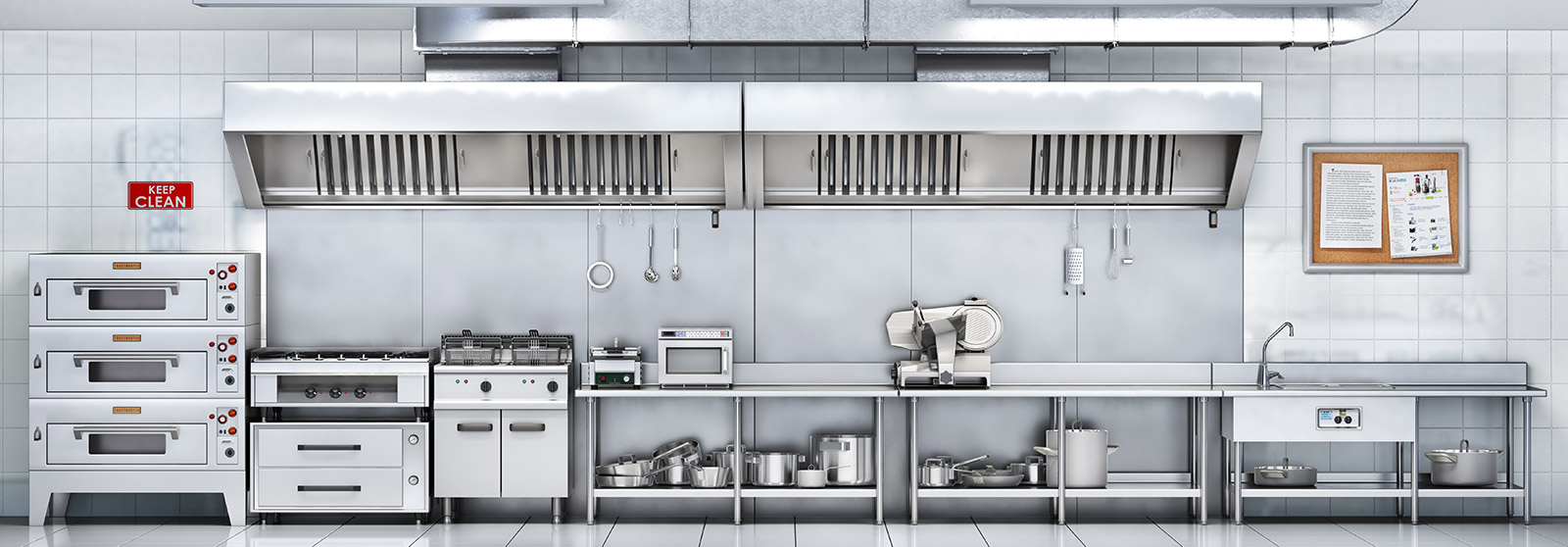



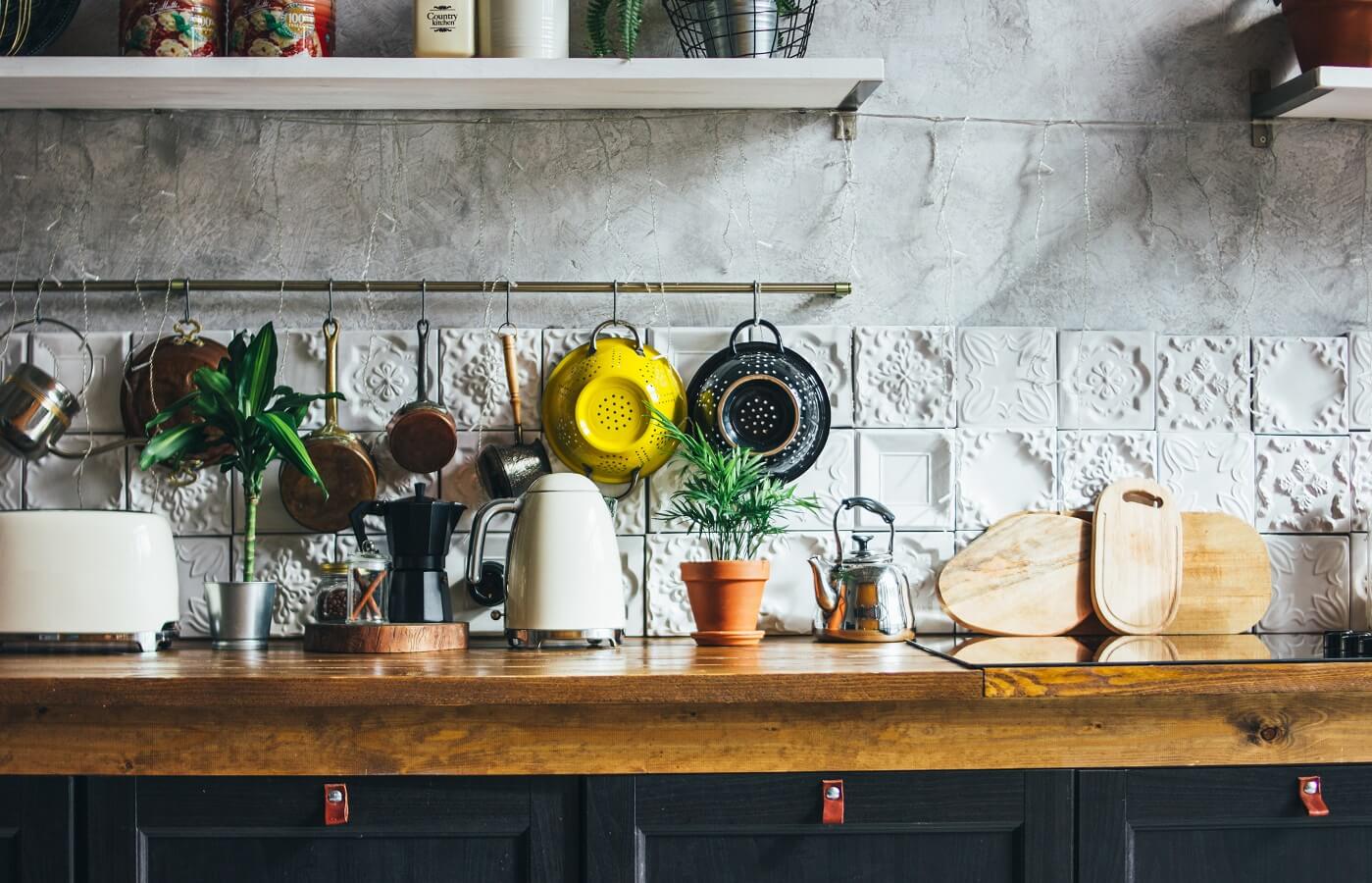


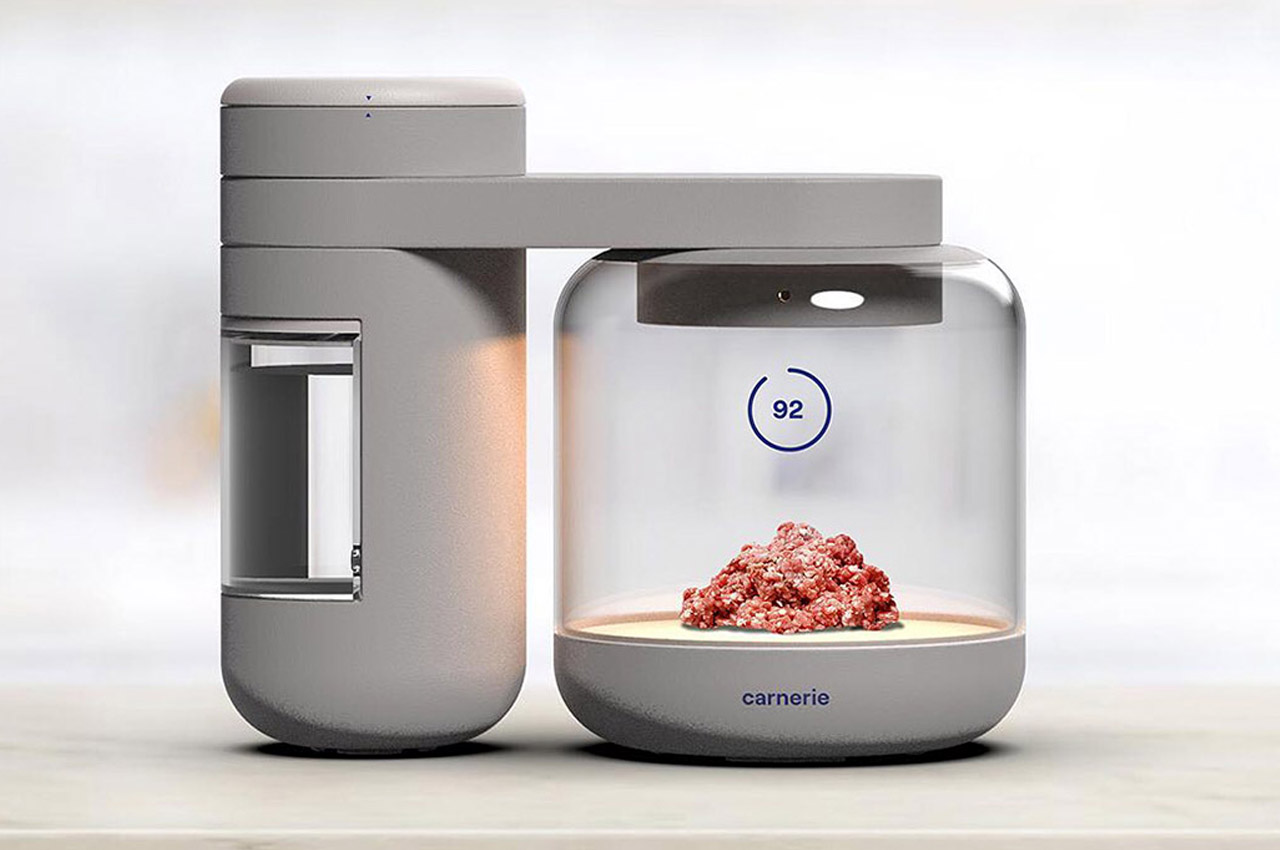















:max_bytes(150000):strip_icc()/about-flexible-drain-parts-2718771-hero-6b39b5bfd70a497eb5554369446069d0.jpg)



